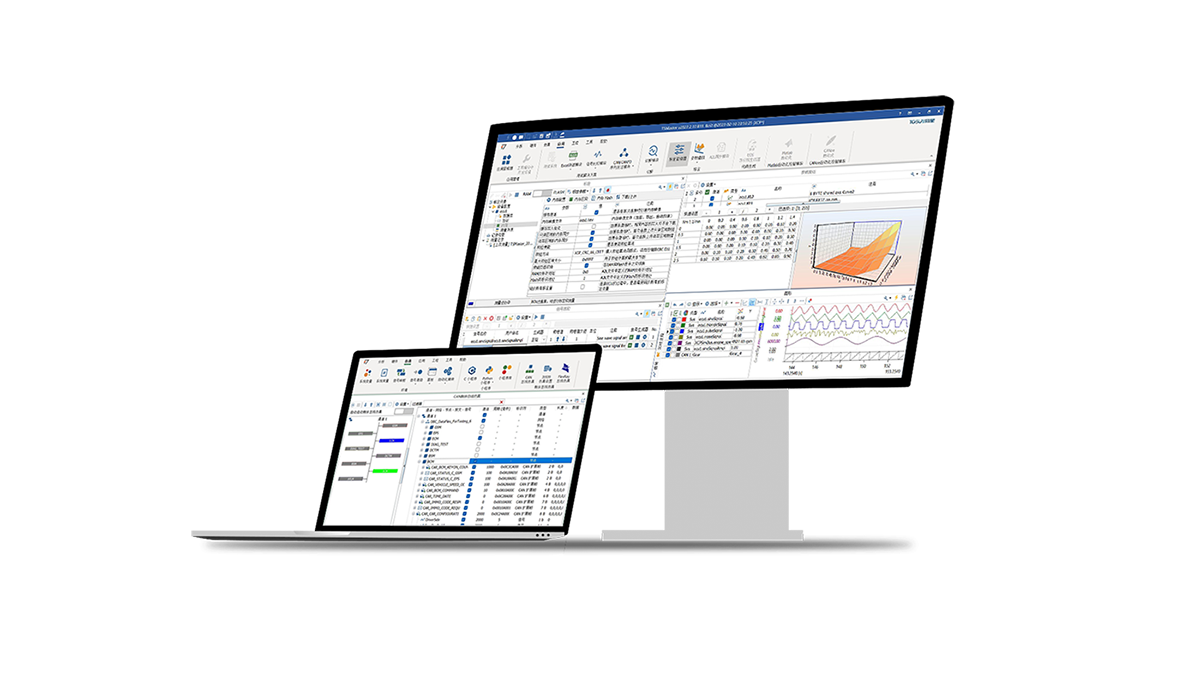TSMaster CCP/XCP Calibration
There are two common communication protocols used in the calibration process: CCP (CAN Calibration Protocol) and XCP (Universal Measurement and Calibration Protocol). These protocols provide a standardized way for engineers to perform ECU diagnostics, calibration and commissioning.
TSMaster Calibration Function - Realizes data fusion of high-precision capture and playback, bus, video, GPS, and radar signals.

What is CCP vs. XCP?
CCP (CAN)
XCP (Universal Measurement)
XCP is a universal measurement and calibration protocol that can be used for different communication interfaces (e.g. CAN, Ethernet, etc.). It provides higher transfer speeds and more powerful features, enabling engineers to quickly read and write large amounts of data in a short time and perform advanced diagnostic and debugging operations.
Automotive calibration functions are a technique used in automotive ECU development and diagnostics to optimize vehicle performance and functionality by adjusting ECU parameters and calibration values.CCP and XCP are common communication protocols used to communicate with ECUs, read and modify parameters. These techniques and tools enable vehicle manufacturers and engineers to perform better vehicle commissioning and calibration work.

CCP/XCP Calibration
-
1Support importing A2L files
-
2Support DAQ/Polling measurement
-
3Memory settings, loadable image files, configuration of checksum methods, etc.
-
4Support for characteristic parameter curves, MAP diagrams, etc.
-
5Support MDF/MF4 file storage and playback
-
6Supports graphical display of variable curves
-
7Support calibration parameter management, par or hex format
-
8Built-in message analysis, diagnostics, calibration, system variable data in one, easy to synchronize the analysis of data
-
9Automated calibration can also be realized by calling system variables
-
10Supports single and multiple file downloads
Recommended Equipment
The hardware we manufacture needs to be selected in order to add the software calibration authorization feature to it.
-
CCP Calibration License
-
XCP Calibration License
-
CCP/XCP calibration license
-
Calibration function only supports TOSUN hardware



